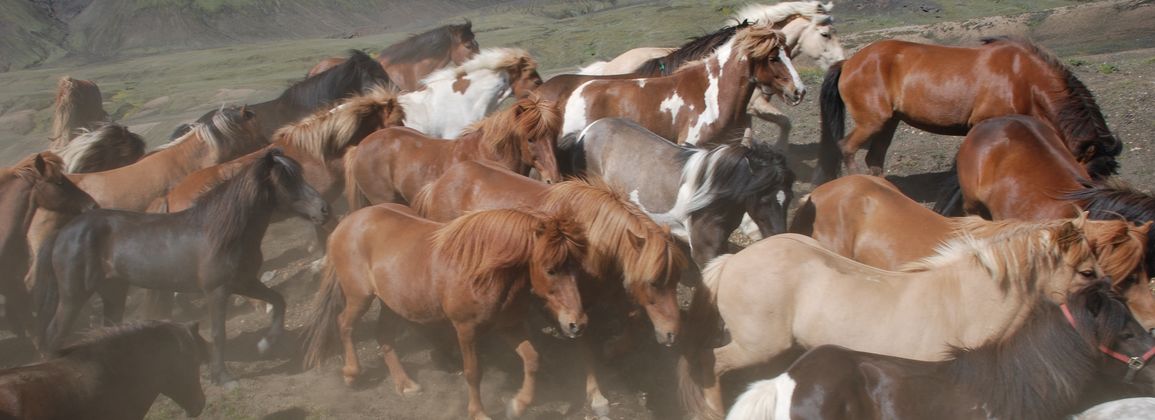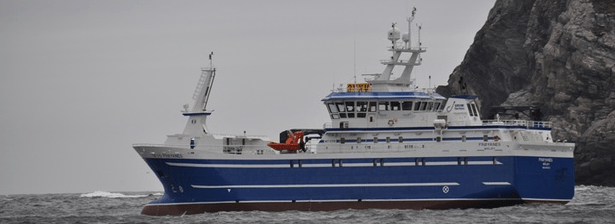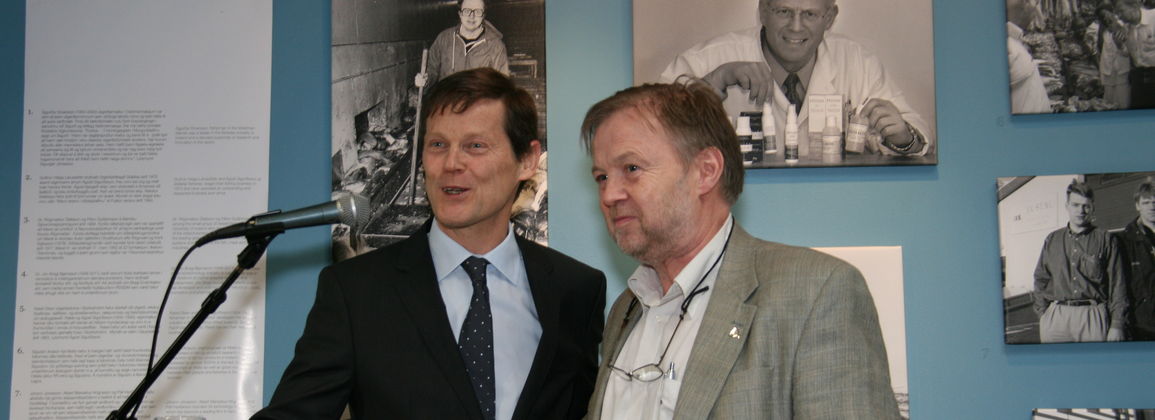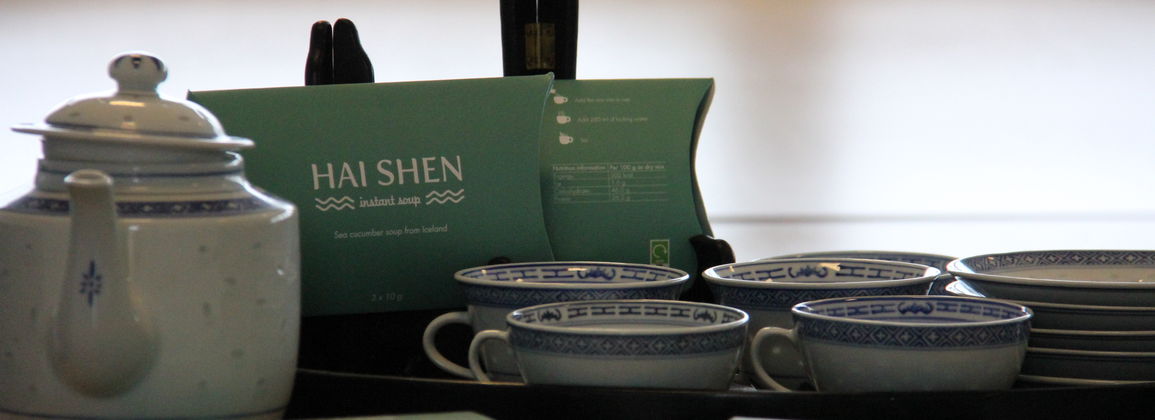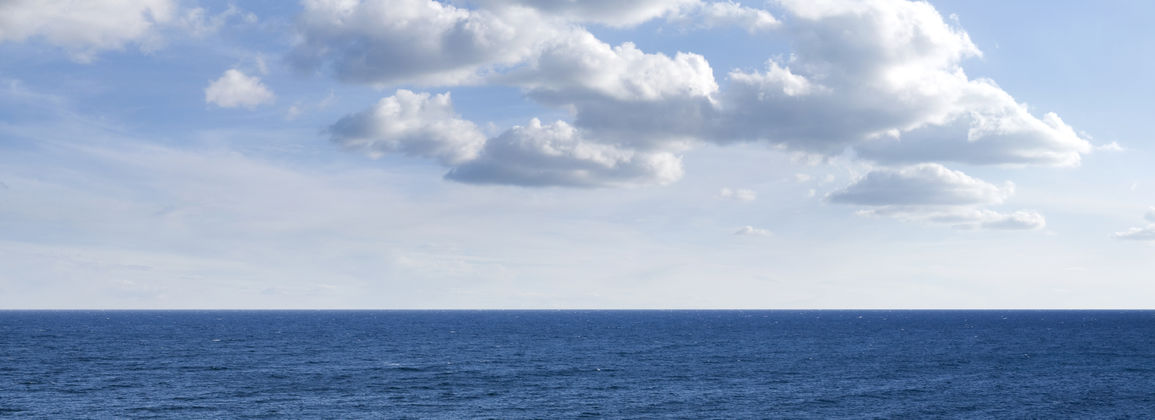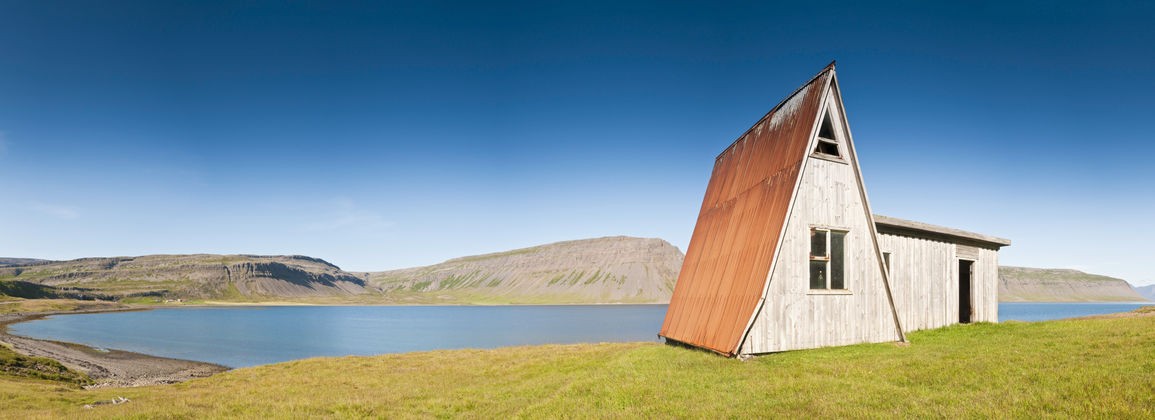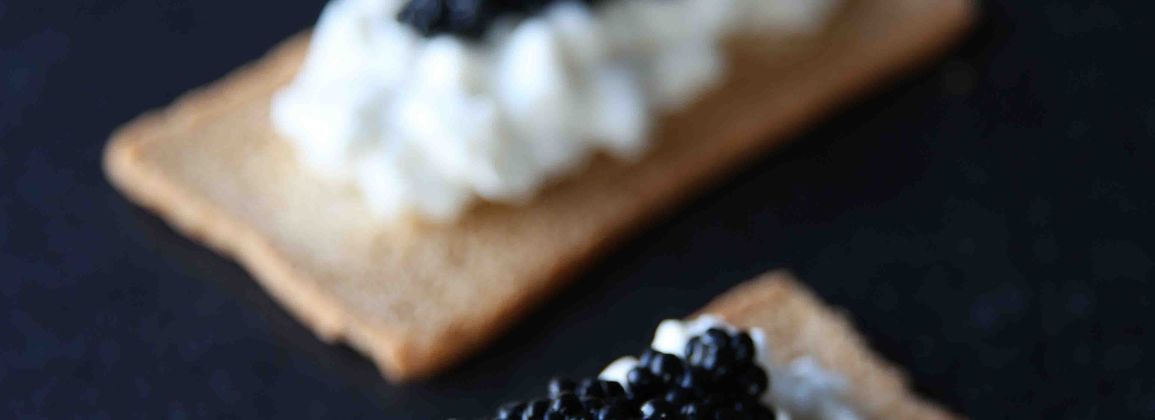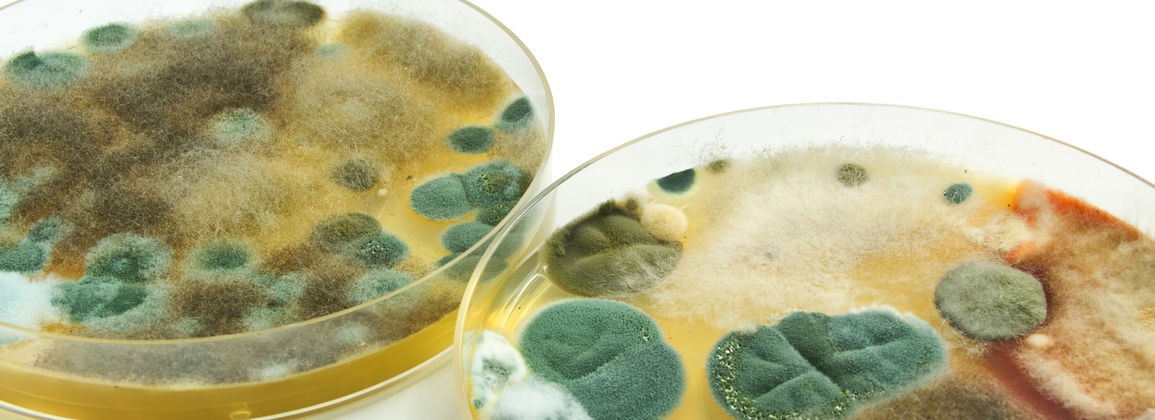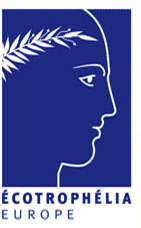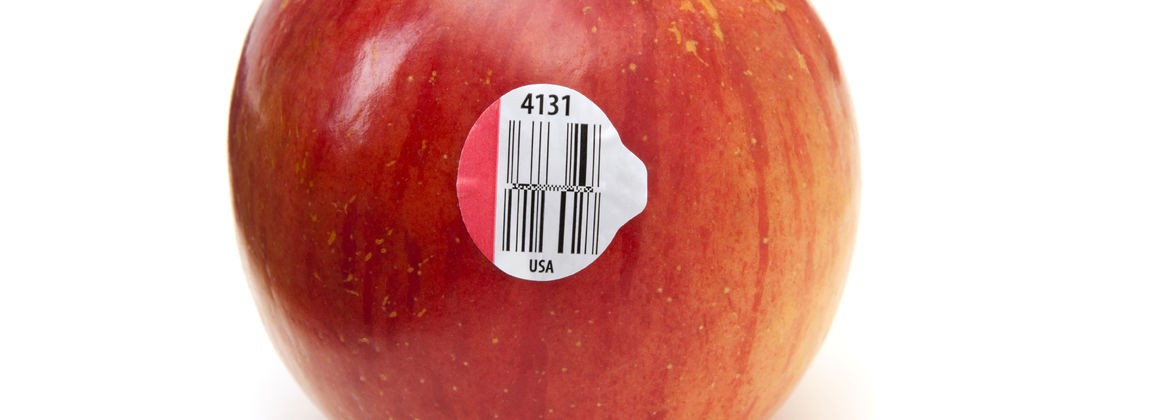Matís, who is in charge of parental analysis of horses, has now started DNA analysis of the DMRT3 gene, the so-called pacemaker gene. A great deal of discussion arose among horsemen at the end of 2012 when news arrived that genes had been found in horses that controlled their pace.
The researchers, Lisa Andersson at Capilet Genetics AB, etc. who discovered this gene believe that this is a very remarkable encounter that can improve the breeding work of the Icelandic horse.
Horses can have one of three genotypes. One genotype is when horses are homozygous for this gene (AA) and such horses have a pace. If two homogeneous horses with a good pace are paired together, they give off homogeneous all-round horses (AA). Other genetic factors and environmental influences can, however, affect how good that offspring will be as a universal horse. The other genotype produces hybrid (CA) horses and such horses are usually four-gaited horses, but if they are mated with a homozygous or hybrid individual, they can produce universal offspring in 50% or 25% cases. The third genotype is homozygous without the pacemaker (CC) and horses with this genotype are in most cases slow-moving horses. If such horses are paired with a homozygous individual with a pace or a heterosexual individual, the offspring will either be all-round horses with tölt or pure all-round horses.
By DNA identifying horses for this gene, breeders can choose the breeding stock according to whether they are universal horses (homozygous), all-round horses with tölt (hereditary) or pure all-round horses.
More information on DNA analysis for the pacemaker gene can be obtained by sending an email to alexandram@matis.is

